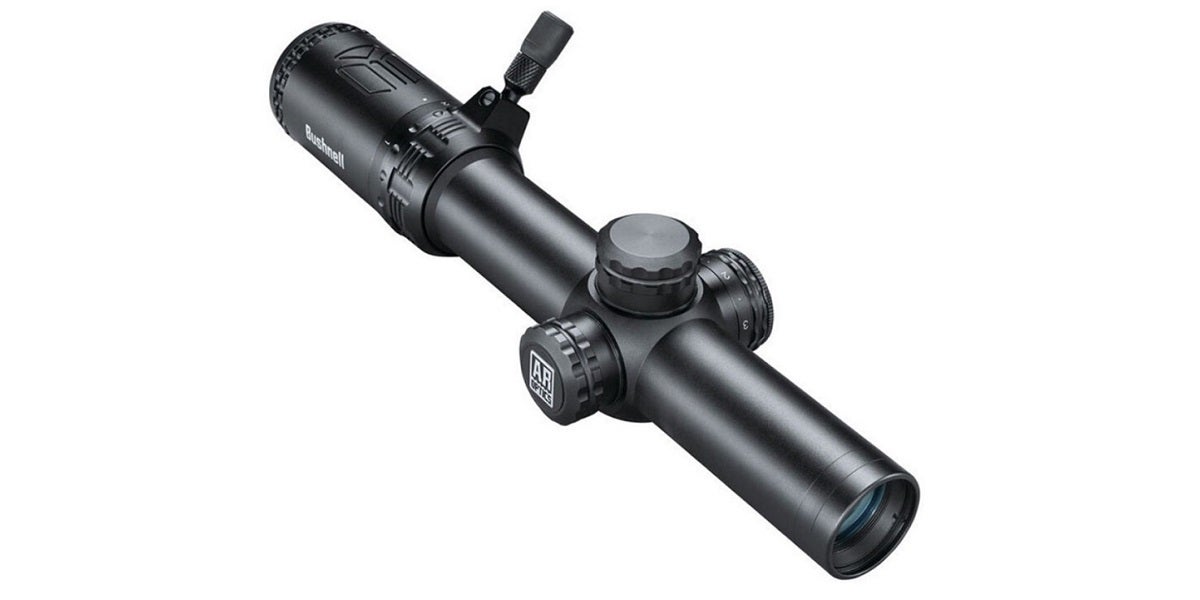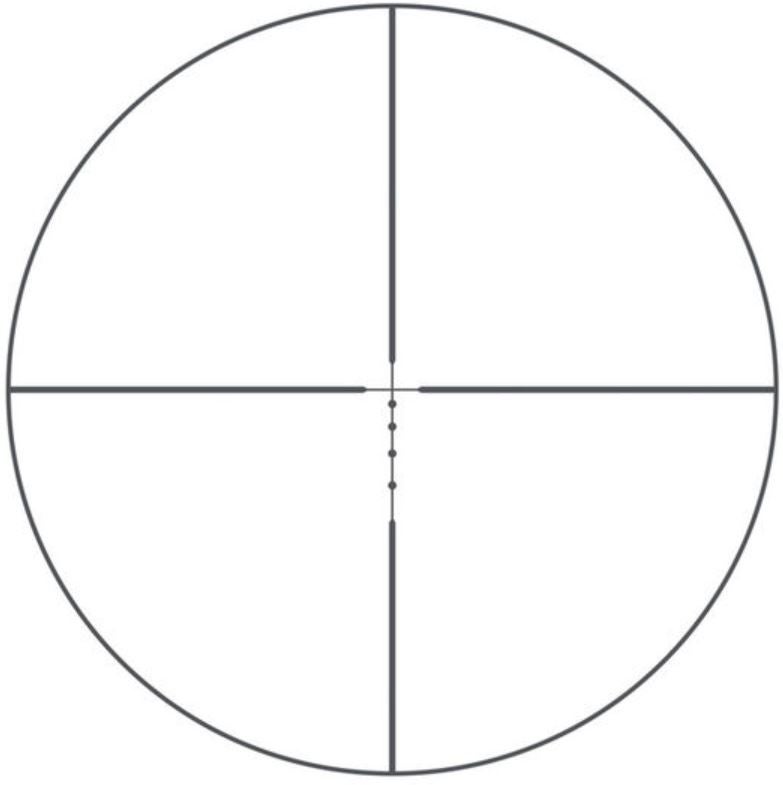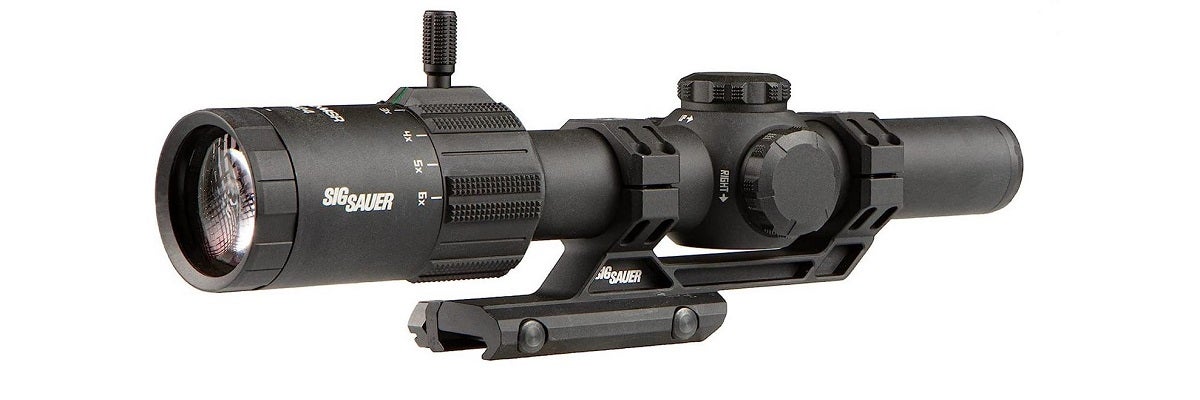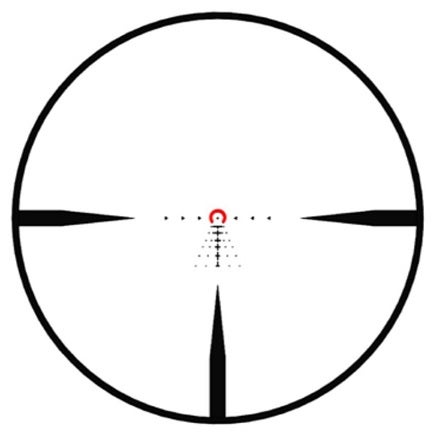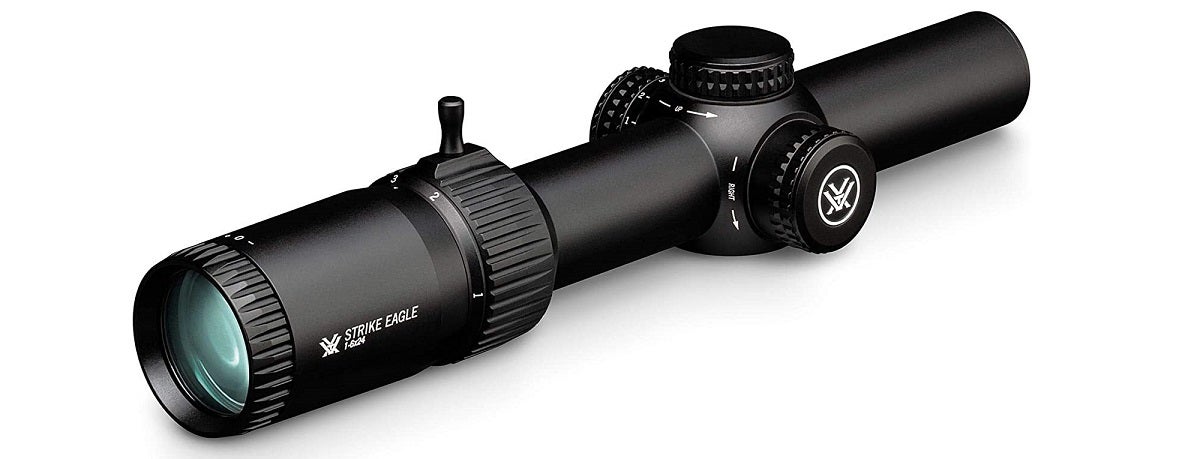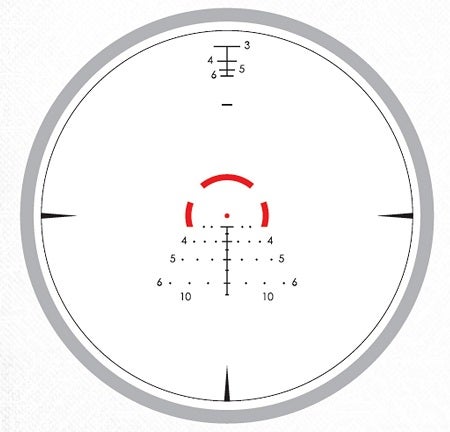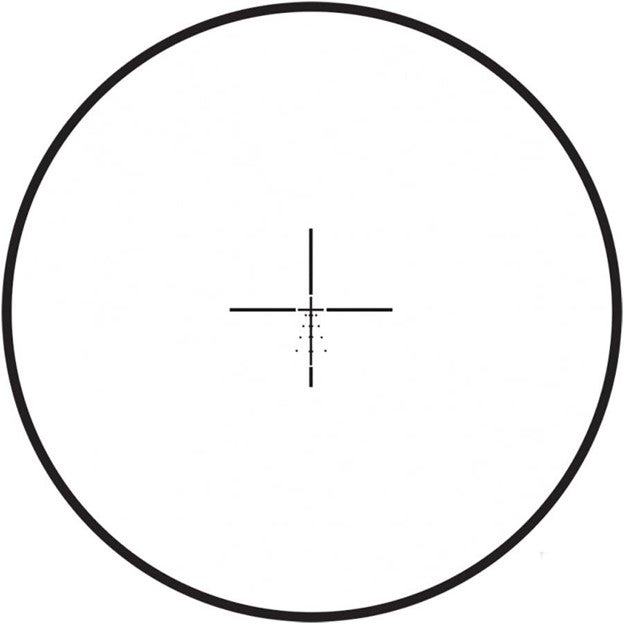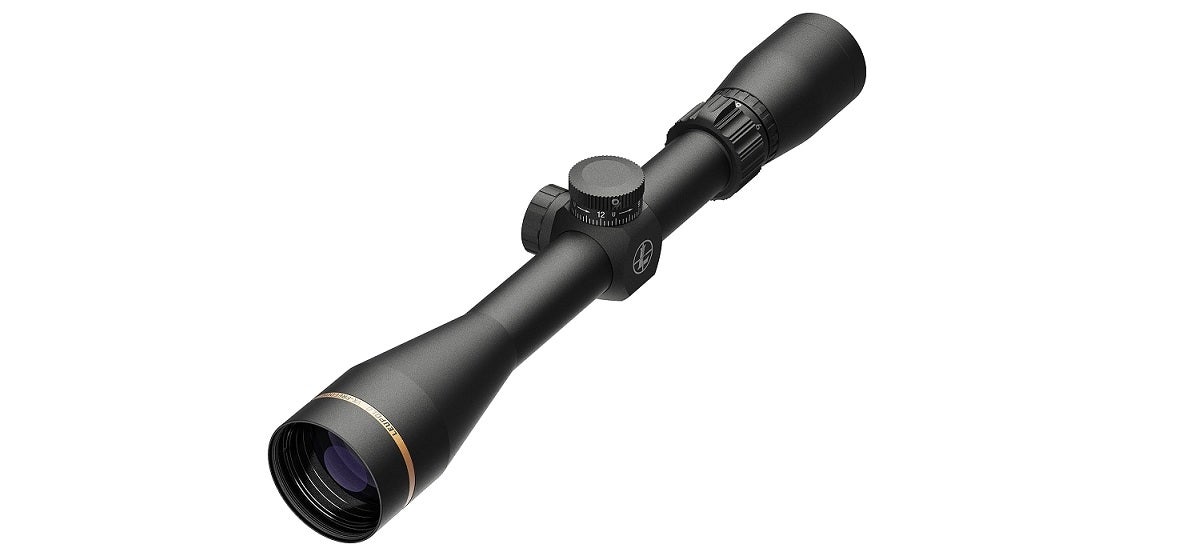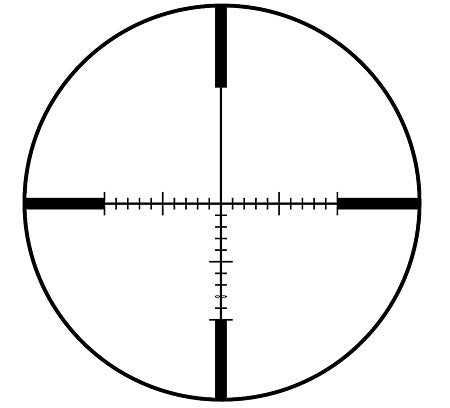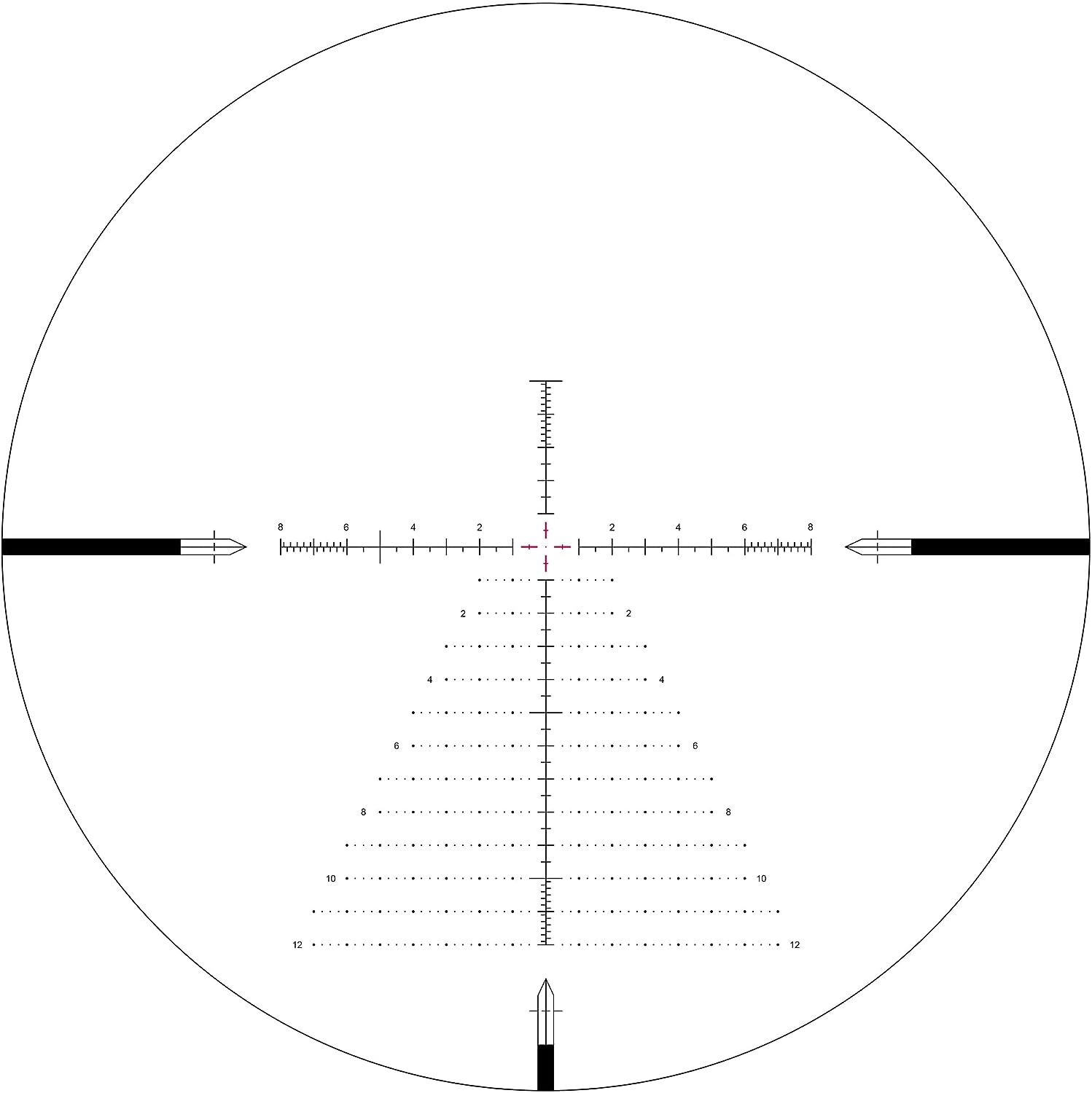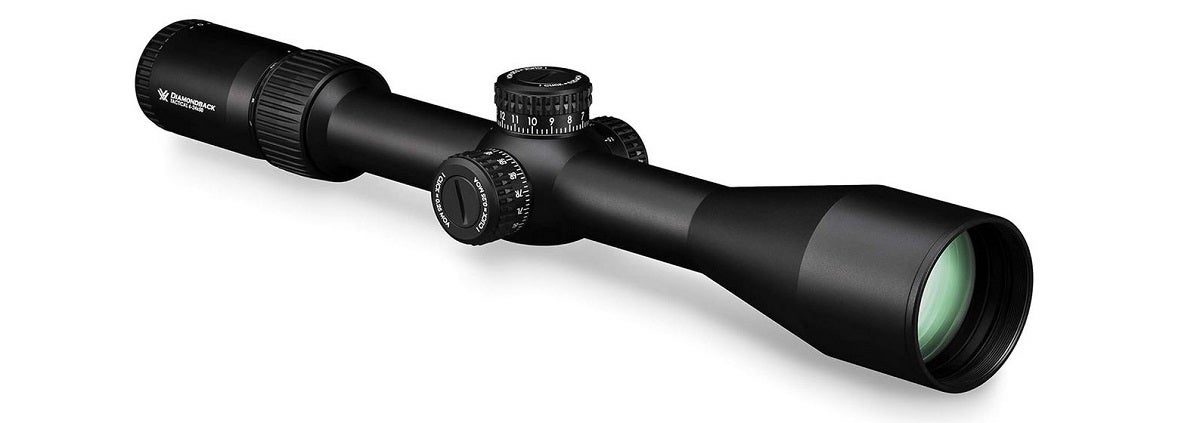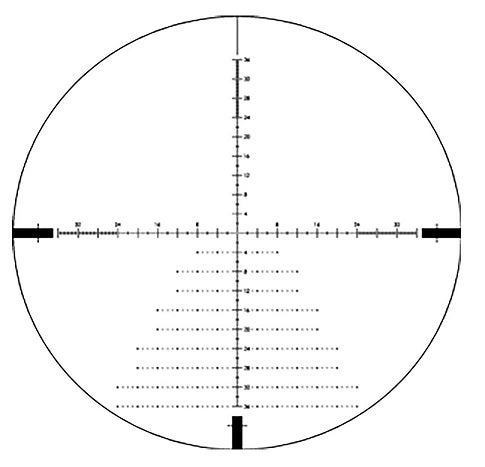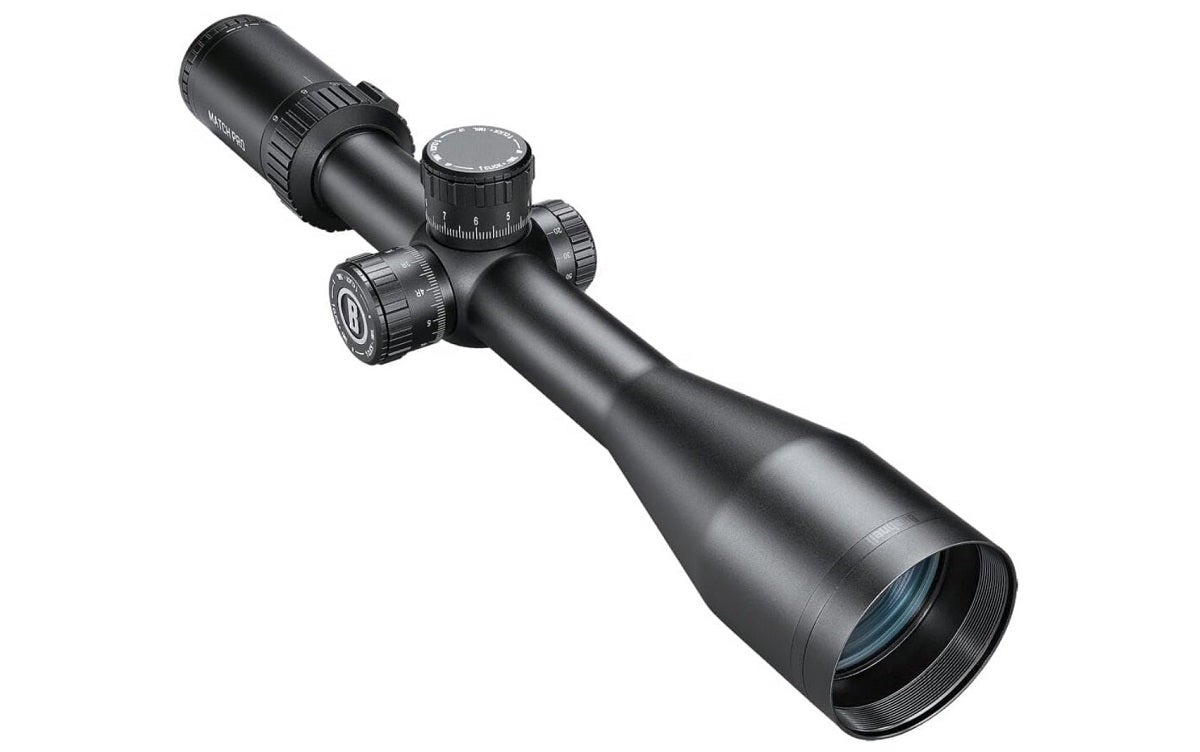AO Review – Best Riflescopes Under $500 for the Money $$$ in 2023
Travis Olander 10.30.23
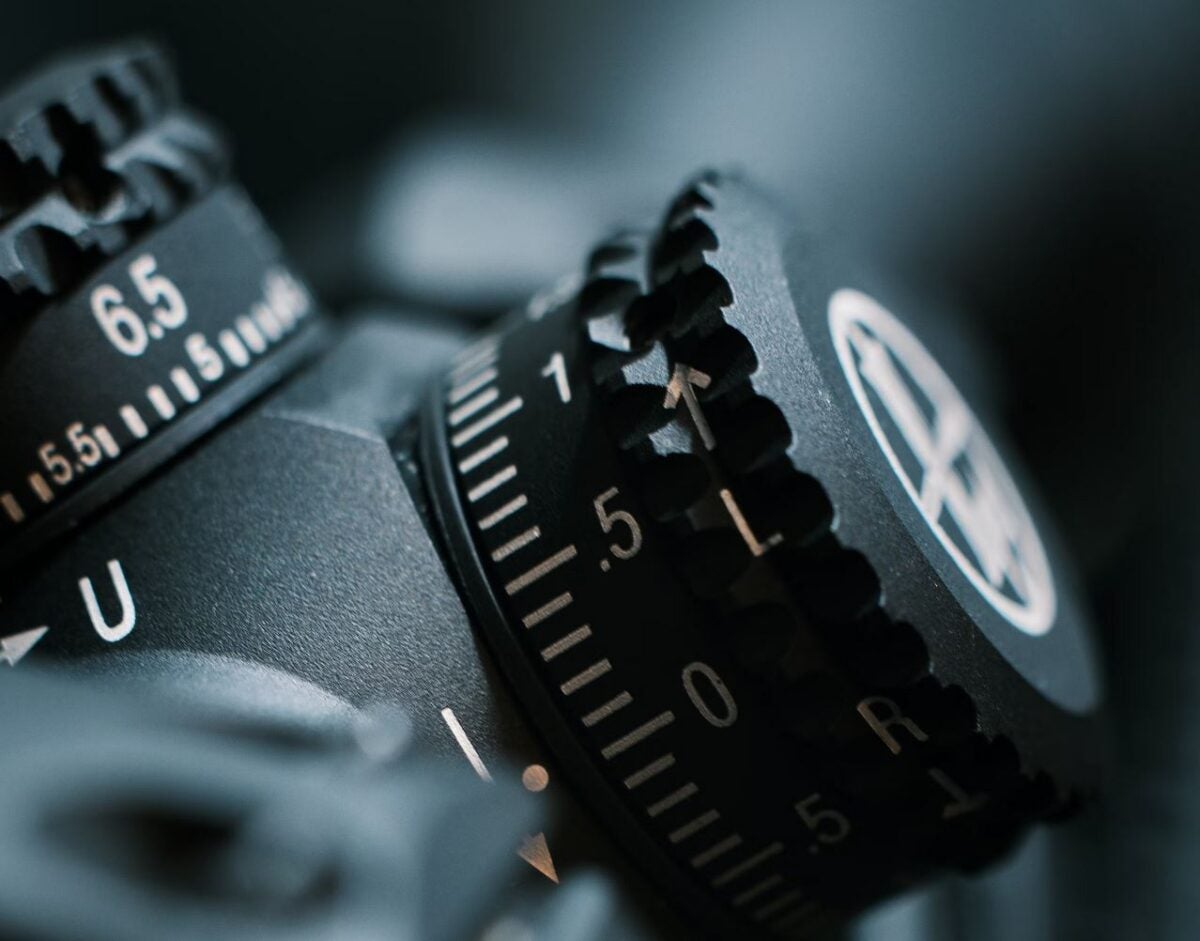
Quality rifle glass ain’t cheap – usually. If you’re looking at big brands, you’re typically going to see scopes that demand $800, $1,000, or even $2,000 or more for “Gucci” brands, like Zeiss, Schmidt & Bender, and U.S. Optics. But it’s 2023, and modern manufacturing (and hyper-competitive online shopping) has made rifle scopes a helluva lot cheaper. That is, spending a lot doesn’t necessarily get you a much worse scope. In fact, plenty of awesome riflescopes can be had for under $500. Many come from reputable names, like Vortex, Bushnell, Sightron, and Leupold. We’ll take a look at some of the best riflescopes under $500 that money can buy in 2023!
Optics Coverage on AllOutdoor
- AllOutdoor Review – Sightron SIII 6-24x50mm Riflescope
- NEW Garmin Xero X1i Crossbow Scope Selected for Ravin Crossbows
- The Best Long Range Scope under $1,000 (for the Money $$$) in 2023
- The Best AR-15 Scope (for the Money $$$) for Your Rifle for 2023
With literally hundreds of options flooding the market, we have to stick to a certain set of criteria to separate the few gems – the good, affordable glass – from the sea of cheap junk. Multi-Coated lenses are an absolute must, and a bare minimum all the same. Multi-coated glass has become the standard among virtually all magnified optics. Multi-coatings reduce glare and enhance color and clarity. Parallax correction is another critical feature, lest you wind up having wild shot groups because you adjusted your sight picture by a whole millimeter. Parallax correction ensures the reticle remains on the same plane as the target downrange, minimizing the effects of subtle head and eye movements.
Some cheap scopes can’t properly “walk the box.” That means once you adjust to the left, right, upper, and lower limits of the windage and elevation turrets, you cannot return to zero (or true dead center), without the center of the reticle being off relative to the position of the turrets themselves. Modern erector systems in budget scopes should easily accommodate for this better today than even just a decade ago. Duplex reticles and naked crosses are outdated. Sure, some hunters prefer a simple “X” reticle for its simplicity, but most shooters prefer having some sort of subtended system to allow for quick n’ easy holdovers. Lest, you fidget with your turrets to accommodate for every breeze and increase or decrease in distance.
Best Riflescopes – Top LPVOs under $500
As the AR-15’s become the most popular rifle in America, LPVOs have become some of the most popular optics on the market. Here are out top picks for AR scopes under $500.
Bushnell AR Optics 1-4x24mm
Bushnell’s long been the entry-level option for rifle scopes. As their popularity’s grown, their quality has managed to improve without their prices subsequently ballooning. Given the AR-15’s perhaps the most popular rifle in America, it’s no surprise Bushnell’s AR Optics scope, offering 1-4x power with a 24mm lens, is our pick for one of the best budget AR scopes.
At just shy of $200, the Bushnell AR’s properly cheap. But for its price, it offers up plenty of decent specs and features for your .223-chambered black rifle. Its biggest selling point is its BDC reticle, tuned for any 55- to 62-grain loads (it’ll also work for 5.56 NATO in the same grain weights).
The Drop Zone reticle provides simple but convenient holdovers, with points of aim provided at 100 to 500 yards, in 100-yard increments. Being a second focal plane scope, the holdovers only work at full power – but at 4x, you’ll likely want to dial in to max power at or beyond 100 yards, anyway. The Bushnell AR’s also equipped with some decent MOA turrets providing 0.5 MOA adjustments per click, with a total of +/- 100 MOA for windage and elevation. At just 9.5″ long and weighing a hair over 1 pound, the Bushnell AR’s the perfect choice for those who want some compact, lightweight glass with good clarity and accuracy.
SIG Sauer Tango MSR 1-6x24mm
You probably didn’t expect to see anything from Sig on this list – yet here’s their surprisingly affordable MSR Scope, operating on 1 to 6 power with an AR-friendly 24mm lens, and an included monolithic rail mount. That’s a pretty sweet deal for around $330.
Sig argues the second focal plane MSR offers “industry leading light transmission” among LPVOs. While that’s typically left to subjective opinion, the illuminated BDC6 reticle (offering 11 brightness levels and powered by a single CR2032) is objectively excellent. Options can be had for 7.62, 5.56 and 300 BLK loads, each providing an easy-to-read dot matrix for holdovers to accommodate windage and drop. Total windage and elevation adjustment’s 180 MOA – way more than you’ll ever need – with turrets affording 0.5 MOA of adjustment per click. Eye relief at minimum power is generous, at 4″, with diopter adjustments providing a range of +/- 2.5. Field of view is good, too, with about 125 feet at 6x. The Sig MSR gets a full IPX7 waterproof rating, so it can take a bathe without springing any leaks. Plenty of knurling can be found on the throw levered mag ring and turrets, while the cantilever base mount installs with captured hex bolts atop any standard Picatinny rail. Total weight with the mount tops out at about 1.6 pounds – lightweight enough for the typical tactical rifle.
Vortex Strike Eagle 1-6x24mm
Vortex’s Strike Eagle is basically a competitor to Sig’s Tango MSR. Available in 1-6x or 1-8x with a 24mm lens and illuminated BDC reticle with dot matrix for holdovers, the Strike Eagle’s been a popular option for LPVO users for quite some time. Smelling competition, Vortex claims to have updated Strike Eagle with new glass, including a “true 1x lens” that affords higher light transmission, a wider field of view than before (now 117 feet at 1x), and utterly parallax-free sight alignment.
I like the Strike Eagle’s AR-BDC3 reticle quite a bit more than the Sig MSR’s BDC6 setup. The illuminated halo’s larger and less cramped, and the dot matrix provides a wider range of holdovers, spaced better for both windage and drop, with numbered distance indicators. But sadly, it’s only available for 5.56 NATO – no other calibers are currently available for accurate holdovers. The Strike Eagle’s lightweight, coming in at 18.5 ounces (1.15 lbs) without a mount, with generous adjustments – 140 MOA total on windage and elevation, adjusted in 0.5-MOA increments. Compared to the Sig Tango, max eye relief is less generous on the Strike Eagle, affording 3.5″ at 1x. The only negative remarks concerning the Strike Eagle comment on the magnification ring: Out of the box, the ring feels stiff and stubborn; but with the lever and some time, it should wear in well enough for easy adjustment. Available at $340 to $400, depending on max magnification.
Best Riflescopes – Top Budget Hunting Scopes 3x-9x Under $500
Save some money on glass this deer season, and spend it on some plinking ammo to dial in your new setup. Here are our top picks for 3x-9x hunting scopes under $500.
Burris Fullfield E1 3-9x40mm
If you’re thinking any scope that costs just $150 is junk, well – Burris will prove you wrong. Their Fullfield E1 Scope, optioned with 3-9x40mm glass, is a favorite among budget-minded hunters and bolt gun owners. And it’s got a nice, clear, compact reticle with some holdovers to boot.
Thanks to its centered reticle, the E1 provides a wide, unobstructed field of view, a small but noticeable advantage when you’re sighting in some antlers. The E1’s turrets also feature “Posi-Lock” stops that prevent accidental adjustments once zeroed. Just sight in at 100 yards, and you can rely on holdovers to take your trophy shots. Total adjustment range is modest, at 50 MOA, but 0.25-per-MOA clicks allow for precise tuning. The holdovers are intuitive and easy to follow, too – each dot represents 10 MPH hold-off for crosswinds, or about +/- 1.5″ at 400 yards, while the subtensions on the lower crosshair provide drop compensation from 100 to 500 yards, in 100-yard increments. Even priced below $200, the Fullfield E1 provides bright glass and good clarity in low light, with a proper multi-coated treatment to reduce glare and aberration. The Fullfield is a tad heavy at 24 ounces (1.5 lbs) without rings or a mount, but it is a stout unit with a thick, machined aluminum tube and tactile turrets with side-mounted parallax adjustment. Currently available at around $170.
Vortex Crossfire II 3-9×50
Maybe you don’t like holdover reticles – they can seem busy, after all. And perhaps you want some extra brightness and clarity. If that sounds like your ideal hunting scope, the Vortex Crossfire II is a great choice. The V-PLEX reticle delivers a traditional duplex complemented by a simple center dot, illuminated in red. Its larger 50mm lens captures plenty of light to afford better low-light performance, perfect for those of you who prefer to watch the sun come up (or go down) from the hunting blind or tree stand. Capped turrets and redundant O-rings ensure everything stays dry and free of condensation, with =/- 60 MOA of adjustment range operated by 0.25-per-click dials. Turrets are zero resettable to keep on-the-fly adjustments simple. The Crossfire II is lightweight, too, coming in at 14.8 ounces, or about 0.92 lbs. The only downside the crossfire II suffers is a lack of any side-mounted parallax adjustment, but its svelte design and compact 1″ tube, plus its $200 price, make it a top contender for your deer gun even still.
Leupold VX Freedom 3-9x40mm
Want more light transmission without the larger objective lens? That’s where Leupold’s VX Freedom comes in. Leupold includes their advertised “Twilight Light Management System,” which uses special lens coatings to filter and optimize visible ambient light at dawn and dusk. The edges of the lenses are also blackened to reduce topside glare coming from the sun or other sources. Beyond some very nice glass, the VX Freedom offers excellent eye relief – 4.2″ at 3x, at 3.7″ at 9x. Totla MOA adjustments are +/- 60, with standard duplex reticles or a “Tri-MOA” subtended reticle offering 1-MOA increments with 10 MOA of measurement along the side and bottom crosshairs.
The VX Freedom is also one of the lightest 3-9×40 scopes on the market, weighing 12.2 ounces or just 0.75 pounds. Made in the USA with a proper lifetime warranty, the VX Freedom is the “luxury” budget option in the under-$500 hunting scope category. Grab a basic duplex version at $300, or snag the Tri-MOA model for $350.
Best Riflescopes – Budget Long-Range Scopes Under $500
Spending thousands on long-range glass isn’t necessary these days. Here are our picks for budget-friendly glass offering variable high power with big ole’ objective lenses.
Arken Optics “SH4J” 6-24x50mm FFP
FFP reticle? 34mm tube? Oversized target turrets? These are accoutrements normally found on top-tier optics made for contract or F-class, but Arken Optics managed to package it all into a $400 unit called the SH4J. Arken’s only been around for a couple years – founded in 2019 – but they’re headed up by some Navy and SOCOM veterans who seem to know what matters in a quality long range scope. The SH4J fits the bill neatly, with 6-24x variable power and a 50mm lens packing proper zero stops and a “Christmas tree” subtension dot matrix with loads of holdover data.
An illuminated reticle’s included, powered by a CR2032, adjustable up to +/- 108 elevation MOA and 34 windage MOA, with 0.25-MOA increments. MIL versions are available with 32 MIL of elevation and 10 MIL of windage adjustment in 0.1-MIL increments, too. The SH4J is, indeed, a stout bench rifle scope and its weight shows: It tips the scales at a hefty 36 ounces, or 2.25 pounds. That’s a lot of aluminum and glass but, frankly, you shouldn’t be worrying about weight if you’re looking for a 24-power FFP glass, anyway. All MIL- and MOA-equipped options currently go for $400.
Vortex Diamondback 6-24x50mm FFP
If 2+ pounds of scope ain’t your thing – but you still want an FFP, “Christmas Tree” reticle with quality tactical turrets – check out the Diamondback from Vortex. It’s essentially a larger, higher-powered Crossfire II offering the usual 6-24x power demanded for long-range applications, with bright multi-coated lenses on either side, packed into a 30mm tube.
The Diamondback isn’t exactly feathery light, weighing in at 24.6 oz, but it’s certainly manageable atop any bolt gun or tactical semiauto rifle that needs to send rounds out beyond 500 yards or more. Generous eye relief is afforded at 3.9″ at max power, and the EBR-2C MIL or MOA reticle affords endless amounts of windage and drop compensation without ever touching the +/- 65 MOA (or 19 MIL) turrets. Vortex’s advertised “XD Lenses” and “Precision” erector and spring systems are claimed to improve contrast, clarity, and brightness, while ensuring the Diamondback can walk the box and return to zero without any error. Currently available at just over $400.
Bushnell Match PRO 6-24x50mm FFP
Bushnell’s keeping things affordable in the long-range game, having introduced the Match PRO with an FFP reticle specifically for cost-saving bolt guns intended for PRS, NRL and NRL22 competitions. A nice, crisp MIL dot matrix with all-red illumination (optional) provides all the holdovers, while tall, clicky tactical turrets afford zero reset function with no tools needed. The Match PRO only offers modest amounts of adjustment – 18 MILs of windage and elevation travel – but Bushnell says this is plenty of range to zero at 25-yards with a typical 30 MOA-tall base, without sacrificing drop compensation at F-class distances. Turrets provide the expected 0.1 MIL-per-click adjustments, with a side-focus parallax from 10 yards to infinity.
Like its competing budget competitor, Arken, the Match PRO is chunky at a whopping 41.6 ounces (2.6 pounds) with no rings nor mount. But Bushnell says this is a feature, not a bug – it’s advertised to handle .338 Lapua Magnum loads and the like, with some thick glass sporting Bushnell’s everything-phobic “EXO Barrier”, which claims to actively repel dust, water, and fog. The Match PRO has, indeed, been ran in class competition with high remarks, so it’s proven its worth the $390 pricetag (or $450 if you go illuminated). Willing to stretch your budget to the limit for a properly massive 56mm lens? Check out our review of the priced-at-exactly-$500 Venom 5-25×56 FFP.
